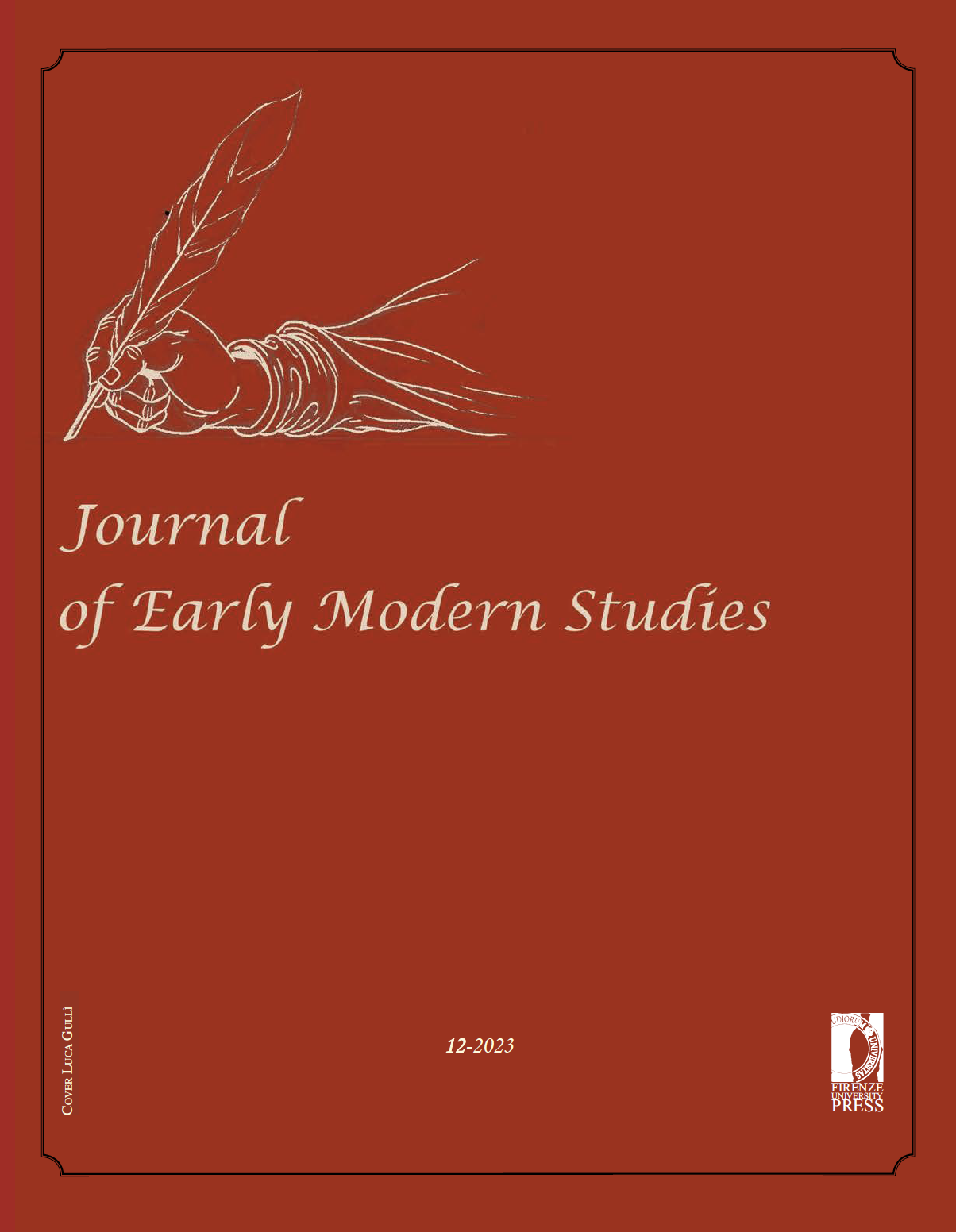Published 2023-03-19
Keywords
- Earth,
- France,
- Heavens,
- Manuscript,
- Topography
How to Cite
Copyright (c) 2023 Tom Conley

This work is licensed under a Creative Commons Attribution 4.0 International License.
Abstract
The article explores tensions between cosmography and topography in maps and writings of Oronce Fine (1492-1555). Editor and illustrator of two editions of De sphaera of Johannes Sacrobosco (1517 and 1527), author of De sphaera mundi (1542), Fine composed treatises of cosmography and mathematics in French. Affiliating with typographer-publisher Michel de Vasconsan, he published a vernacular edition titled L’esphere du monde. Headed by a poem celebrating the virtue of mathematics, the work is a point of reference in both the history of treatises on cosmography and the history of the illustrated book. The 1551 edition of L’esphere du monde transcribes an ornate manuscript of the same title that Fine presented to Henri II in 1549. Close reading of the two documents reveals that in their progression they tilt away from cosmography to geography, and that the French nation and its provinces become increasingly manifest. In the manuscript the monarch is reminded of the extent of his kingdom, while in the printed text L’esphere is addressed to a broader readership. Stock is taken of the status of cosmography in French circles in the middle of the sixteenth century, the very moment Münster’s Cosmographia became a major and longstanding project on the European horizon at large.

